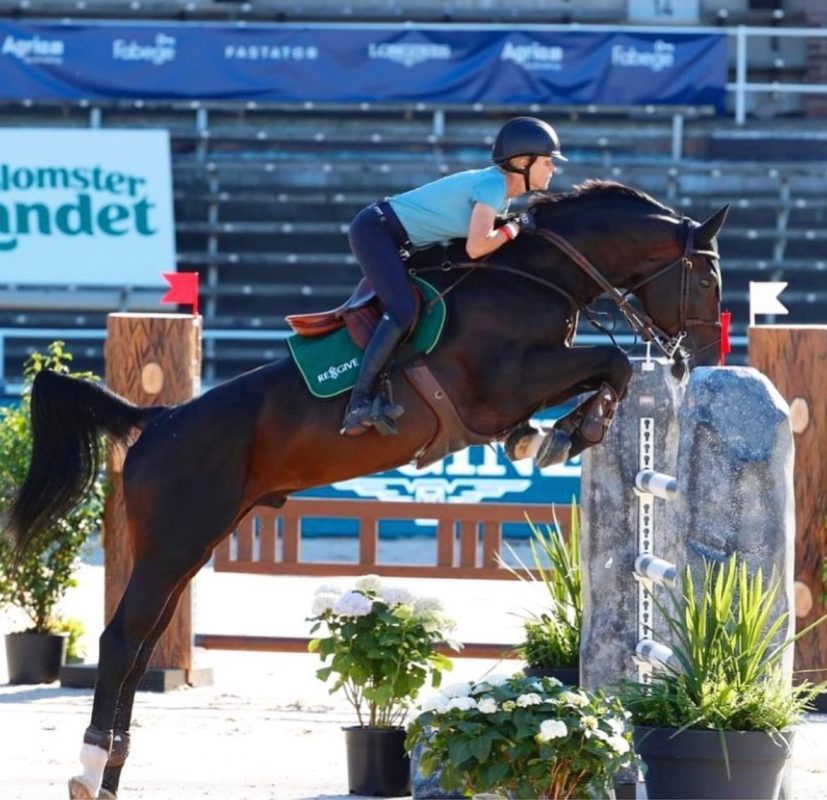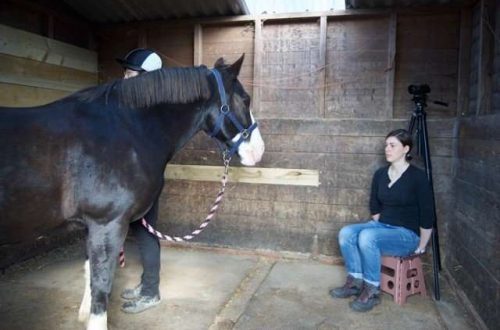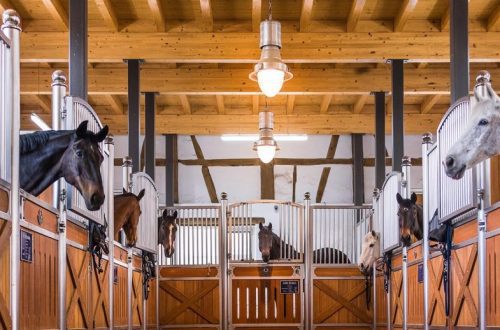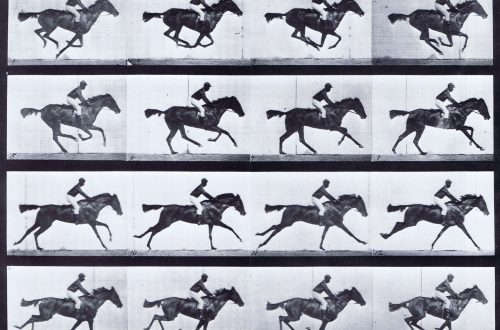
Vertical, are you that simple?
More often than not, verticals seem less “scary” to the rider than oxers. Indeed, for an insecure rider or horse, they can really add problems. But as the height of the hurdles gets higher and the routes get more technical, you may notice that it is on the verticals that sports couples make the most mistakes.

Malin Baryard-Jonsson / Photo: from the personal Instagram account of the athlete
The horse is much more comfortable jumping over the oxer because the jump is technically easier. To overcome verticals, your four-legged partner must have the strength to first collect as much as possible, come closer at a fairly short and vigorous canter to the take-off point, and then, like a spring, jump up. This is why the verticals are said to test the true skill of rider and horse.
How to master this skill? A few tips from the FEI:
Overcoming the “double”
This method may seem counterintuitive to you, but it is the “double” step between the barriers that will help the horse find balance, make the canter clearer and shorter, and also solve the problem of excessive suspension in flight. In addition, the task can be complicated by setting up a system of two “twins”.
The main thing in this exercise is not to interfere with the horse. While jumping, keep the correct posture, calm hand and gaze forward.
Placement of poles in a vertical V-shape
Sometimes the horse just needs to be taught how to properly overcome verticals. V-shaped poles installed on the barrier can help with this. They will create the right conditions for a good jump, and not only for the horse. V-shaped poles add a visual element and create a focal point that you and your horse will focus on.
As mentioned above, the vertical requires a rather short, but vigorous and energetic canter. Therefore, you can put a “tip” in front of the barrier to help the horse get to the correct take-off point, especially if he is still quite inexperienced.
Trotting
Many equestrians do not trot at all, although the benefits of this exercise cannot be overestimated. Trotting is good for all horses, but it has a special effect on those who are lazy or careless.
The fact is that at a trot it is impossible to use the force of inertia, as at a gallop. Therefore, the horse is forced to invest much more force at the moment of repulsion in order to get off the ground.
To better understand how this works, try squatting: first quickly and impulsively, and then thoughtfully and slowly, controlling your every movement. Surely in the first case it will be much easier for you.
Trotting is like slow squats for horses!
You would be surprised how high experienced horses can trot. But the beauty of this exercise is that you do not need to raise the height of the barrier to heaven to feel the full effect. It is much more difficult for a horse to break the barrier at a trot than at a gallop, it cannot “cheat”. Therefore, even at a low height, you can develop a more powerful and technical jump.
Source





